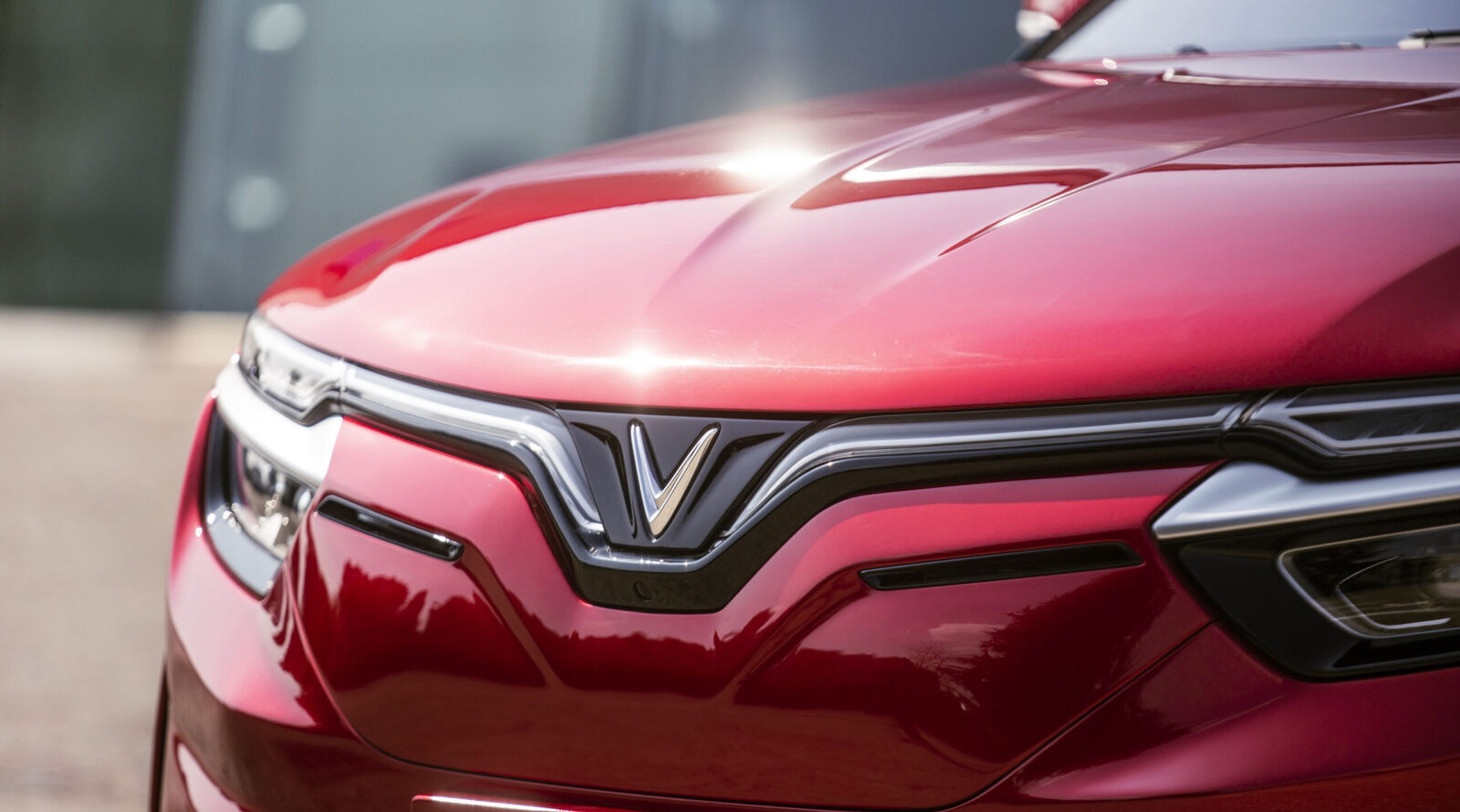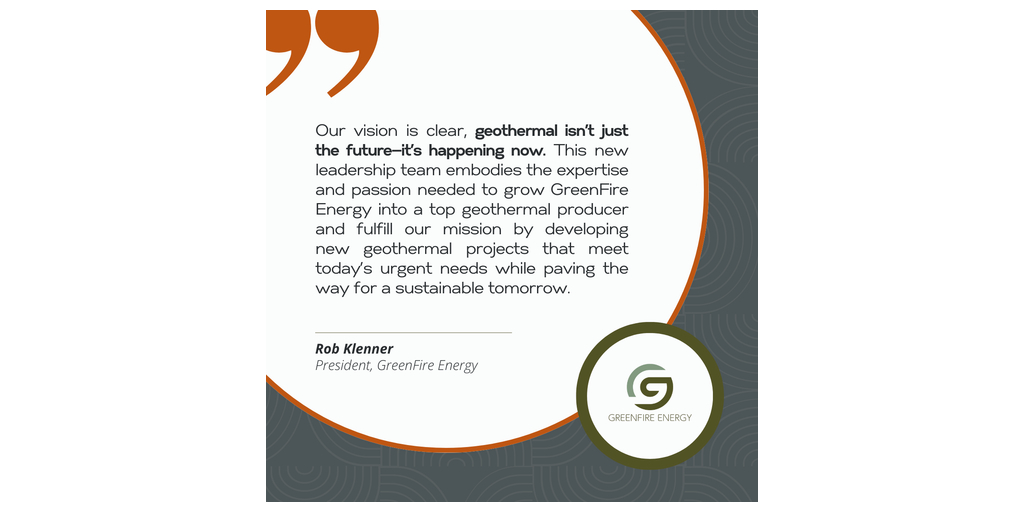
Sign up for daily news updates from CleanTechnica on email. Or follow us on Google News!
By some accounts, India surpassed China as the most populous country on Earth in April of 2023. Yet it does not have quite the intensely focused economic agenda of the Chinese government, which is why the shelves at Walmart are not laden with goods labeled “Made In India.” There are two primary automakers in the country, Tata and Mahindra, and they have a tight grip on what is currently the third largest new car market in the world. Just like China 20 years ago, foreign automakers see a significant business opportunity in India for their products. Volkswagen in particular would love to find a new revenue source as it faces increasingly strong headwinds in the Chinese market. VinFast is also interested in selling its cars in India, but it is taking a much different path than Volkswagen has chosen.
To date, India has erected strong protectionist walls to benefit its domestic auto manufacturers. It currently has a 100 percent tariff that applies to imported cars, which has led some manufacturers like BYD to try the approach that worked so well for foreign manufacturers in China — a joint venture with a domestic partner. The Indian government so far has been cool to that idea. In 2023, it rejected a proposal by BYD to build a $1 billion factory in collaboration with Megha Engineering and Infrastructures. At the time, Bloomberg quoted one official of the Indian government as saying, “Security concerns with respect to Chinese investments in India were flagged during the deliberations.”
India and China are not on the best of terms politically. A proposal by Tesla to sell automobiles manufactured in Shanghai in India went nowhere, with the government saying, in effect, “If you want to sell electric cars in India, build them in India.” Elon Musk flew to India to meet personally with Prime Minister Modi and later said Tesla would build a factory in India “as soon as humanly possible.” That was two years ago.
Meanwhile, BYD said it expected to capture 40% of India’s electric vehicle market by 2030. That ambition is not quite as extraordinary as it might seem. In 2023, only 1 percent of all new cars sold in India were electric. Great Wall Motor also planned to invest $1 billion to build electric cars in that country at an abandoned GM factory, but the government nixed that idea as well. It is also investigating alleged financial irregularities by MG Motor India, a unit of Chinese carmaker SAIC Motor, which is currently doing business in India. India and China have a long history of armed conflict along their more than 2000 mile long common border. Business may trump politics, but it can take a long time to do so. Hyundai is also intent on getting a toehold in the Indian new car market.
There are two ways into that market — the high road with premium vehicles for those who can afford them, and the low road with inexpensive vehicles for the masses. India has plenty of masses, so Volkswagen Group has decided that’s where it wants to focus its efforts to crack the market. Low-budget cars aren’t very profitable, but if you sell enough of them, it can be a worthwhile business endeavor. Making cars that are affordable and profitable is a big ask, especially if they are electric. Citing Autocar India, Electrive says after extensive deliberation that Skoda Auto Volkswagen India Private Limited (SAWVIPL) has chosen a derivative of its Compact Main Platform for the EVs it will build in India. That platform was originally developed exclusively for the Chinese market. SAVWIPL calls this version IMP, short for India Main Platform.
The IMP will feature significant regional adaptations, which will be crucial not only for pricing cars affordably but also for smoothly navigating regulatory approvals. The IMP platform will serve as the basis for four electric SUVs — two for the Volkswagen brand and two for the Skoda brand. People familiar with the development say the local subsidiary aims to export these models globally but what the target markets are is unclear.
SAVWIPL also considered a low cost version of the Volkswagen Group’s MEB21G platform for front-wheel-drive applications, but it proved too costly even if the company deleted the infotainment system entirely and integrated all its functions in the digital instrument cluster. It explored a joint development program with Mahindra, but that idea was snubbed by the Indian brand. Not having the financial or operational resources to proceed with the project by itself, the company scrapped the MEB21G plan.
VinFast Takes The High Road In India

According to Reuters, VinFast will enter the Indian market with two premium electric SUVs, to take on Mahindra and BYD, which already has a presence in India. At the India Auto Show in New Delhi, Pham Sanh Chau, VinFast’s Asia CEO said, “We are turning our focus to India — our next growth frontier.” VinFast said last year it would invest $500 million in India over five years to build a car and battery factory, now under construction in the southern state of Tamil Nadu, and launch new car models. The factory will have an initial capacity of 50,000 cars a year and can be scaled up to 150,000 based on demand.
Chau added the company is appointing dealers in India and studying investments in setting up charging infrastructure. Like Tesla, VinFast has sought a reduction from the Indian government on the 100 percent tariff on imported EVs to allow it start selling cars in India while its factory comes online, a move that has been opposed by domestic automakers. Electric cars accounted for about 2.5 percent of the more than 4 million vehicles sold in India last year. The government has set a goal of having a third of new cars sold in India be electric by 2030.
The government may have that goal, but it has been very slow to put the policies in place that will be essential to making the goal a reality. Volkswagen Group has decided to target the lower end of the market while VinFast is looking at higher priced, higher profit vehicles. Is one strategy better than the other? Only time will tell.
Chip in a few dollars a month to help support independent cleantech coverage that helps to accelerate the cleantech revolution!
Have a tip for CleanTechnica? Want to advertise? Want to suggest a guest for our CleanTech Talk podcast? Contact us here.
Sign up for our daily newsletter for 15 new cleantech stories a day. Or sign up for our weekly one if daily is too frequent.
CleanTechnica uses affiliate links. See our policy here.
CleanTechnica’s Comment Policy




